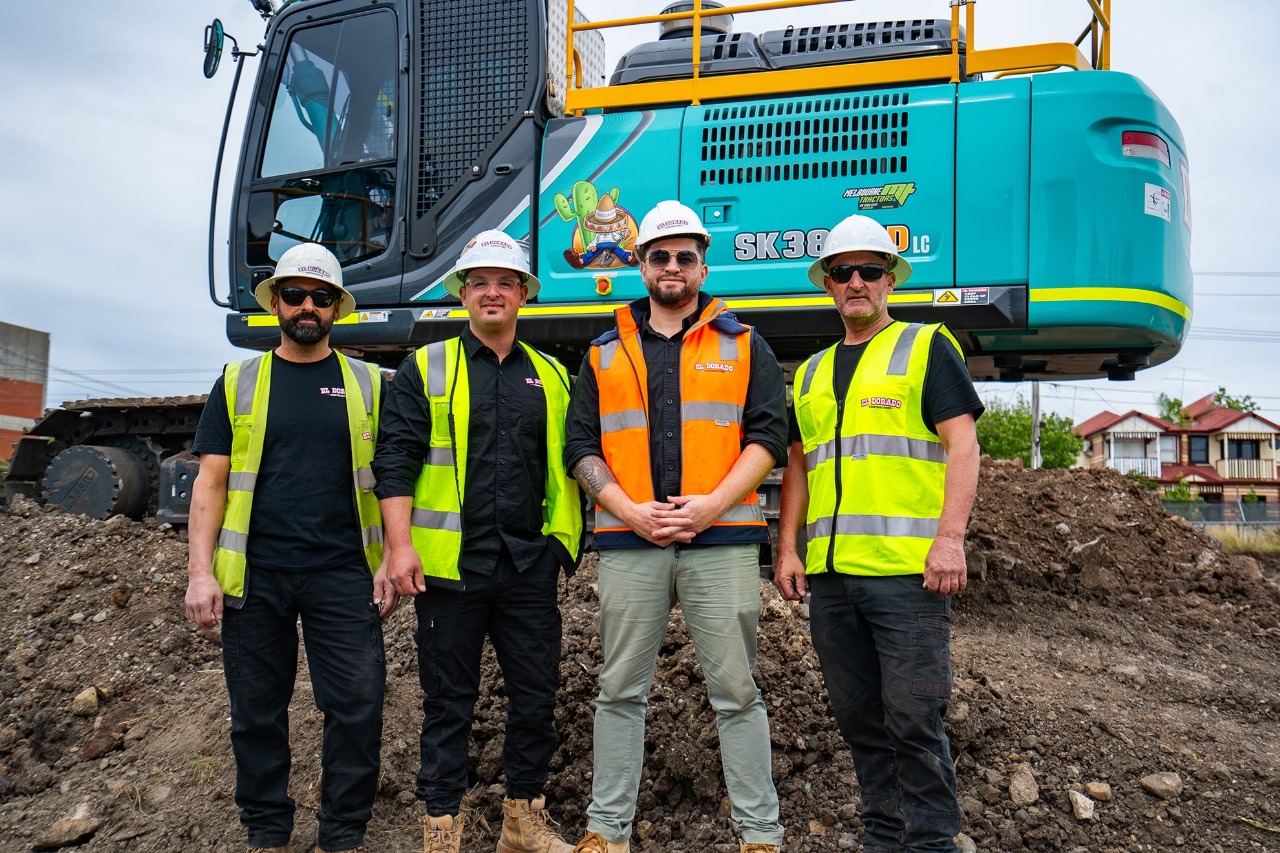Introduction: The Growing Need for Centralized Safety Management
In today’s rapidly evolving industrial landscape, businesses operating across multiple locations face unique challenges in maintaining consistent safety standards. As workforces become increasingly dispersed, ensuring real-time communication, incident tracking, compliance, and collaboration is more critical than ever. This is where Safety collaboration software becomes essential.
Designed to centralize safety operations, safety collaboration software enables teams across different sites to work together efficiently, ensuring every team member has access to the same safety data, protocols, and insights. With robust tools for communication, documentation, and real-time monitoring, businesses can significantly reduce risk, enhance compliance, and improve overall safety culture.
What Is Safety Collaboration Software?
Safety collaboration software is a digital platform that facilitates the coordination and management of workplace safety activities across multiple sites. It brings together tools for reporting incidents, conducting audits, sharing documents, and communicating across teams—all within a secure, cloud-based environment.
Key Functions of Safety Collaboration Software
- Incident Reporting and Tracking Log safety incidents in real time and monitor resolution status across all facilities.
- Audit and Inspection Management Schedule, perform, and document safety audits efficiently with standardized templates and workflows.
- Document Sharing and Version Control Maintain consistent safety protocols with centralized access to manuals, checklists, and training materials.
- Task Assignment and Workflow Automation Assign corrective actions and ensure accountability with automated follow-ups and deadlines.
- Real-Time Communication Tools Enable instant messaging and alerts between team members regardless of location.
Benefits of Safety Collaboration Software for Multi-Location Businesses
1. Consistency Across All Sites
Maintaining uniform safety standards can be difficult when operations are spread across cities, regions, or even countries. Safety collaboration software ensures all locations follow the same policies, using standardized forms, processes, and protocols.
2. Real-Time Visibility and Reporting
With centralized dashboards and real-time data, safety managers gain immediate insights into safety performance, incident trends, and compliance gaps. This visibility is crucial for making informed decisions and preventing accidents.
3. Improved Compliance and Audit Readiness
Regulatory requirements vary by industry and location. Safety collaboration software simplifies compliance by organizing documentation, automating reminders, and generating detailed audit trails that make inspections stress-free.
4. Enhanced Communication
Miscommunication is a leading cause of safety incidents. The integrated communication tools in safety collaboration software keep everyone informed and aligned, regardless of location or shift schedule.
5. Data-Driven Safety Culture
Using analytics and reporting features, companies can identify recurring hazards and implement targeted improvements. This data-centric approach fosters a proactive safety culture rather than a reactive one.
How Safety Collaboration Software Supports Key Safety Roles
For Safety Managers
Safety managers can oversee operations across all locations from one platform. They can track incidents, assign actions, and monitor resolution progress without needing to be physically present at every site.
For Frontline Workers
Workers can report hazards or near-misses instantly using mobile devices, helping to address issues before they escalate. Safety collaboration software empowers them to take an active role in workplace safety.
For Executives
Business leaders gain high-level insights into safety KPIs, trends, and compliance metrics. This supports strategic decision-making and demonstrates a company-wide commitment to safety.
Features to Look for in Safety Collaboration Software
Not all platforms offer the same capabilities. When evaluating safety collaboration software, consider these essential features:
- Mobile Access – Enables workers to engage with the platform on the go.
- Multilingual Support – Important for global operations with diverse teams.
- Customizable Workflows – Tailor the software to your specific industry or organization.
- Integration Capabilities – Sync with HR systems, maintenance platforms, and other business tools.
- Data Security – Ensure your sensitive safety data is protected with encryption and access controls.
Industry Applications of Safety Collaboration Software
Manufacturing
Manufacturers rely on safety collaboration software to monitor machine safety, manage compliance, and track employee training across multiple plants.
Construction
Construction sites change frequently and often involve subcontractors. Centralized safety tools improve coordination and accountability on fast-paced job sites.
Energy and Utilities
Utility companies use safety collaboration software to manage regulatory compliance, high-risk operations, and environmental safety concerns across remote and hazardous environments.
Logistics and Transportation
Fleet operators and logistics firms enhance driver safety, incident tracking, and vehicle inspections using real-time tools built into safety platforms.
Implementing Safety Collaboration Software: Best Practices
Conduct a Needs Assessment
Start by identifying the specific challenges your organization faces. Consider your current safety processes and where gaps exist.
Involve Stakeholders Early
Engage frontline workers, safety officers, and IT staff in the selection and rollout process. Their feedback will ensure better adoption and usability.
Provide Training and Support
Effective onboarding is key to success. Choose a provider that offers comprehensive training and ongoing support.
Set Measurable Goals
Establish KPIs to measure the impact of the software. Common goals include reduced incident rates, faster corrective actions, and improved audit scores.
Future of Safety Collaboration Software
The future of safety collaboration software is deeply tied to advancements in AI, machine learning, and IoT. Predictive analytics can help foresee potential hazards before they occur, while integration with wearable tech and sensors will further automate safety monitoring.
As more businesses embrace hybrid and remote models, having a centralized safety system will become non-negotiable. Platforms that evolve to meet these demands will lead the industry forward.
Why Choose Safety-Chat?
At Safety-Chat, we’ve developed a cutting-edge safety collaboration software solution tailored specifically for multi-location operations. Our platform combines intuitive design with enterprise-grade features to help you improve safety performance, ensure compliance, and streamline communication—all in one place.
From real-time alerts to automated workflows, Safety-Chat empowers teams to act faster, communicate better, and stay compliant across every facility. Whether you’re managing a construction site, manufacturing plant, or logistics fleet, our solution scales with your needs.
Conclusion
In today’s complex and fast-paced operational environments, traditional safety management methods are no longer sufficient—especially when managing multiple sites. Safety collaboration software provides the infrastructure businesses need to unify safety efforts, reduce risk, and promote a strong safety culture company-wide.



